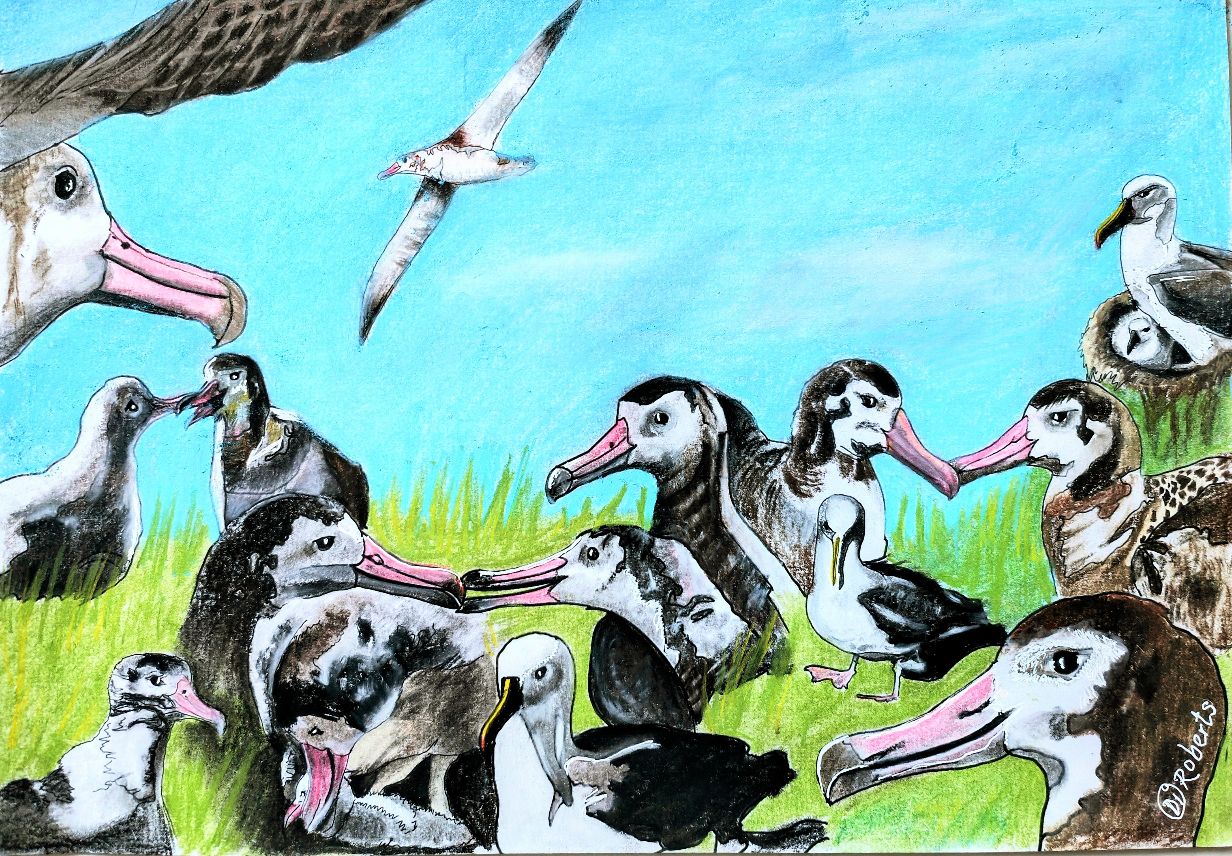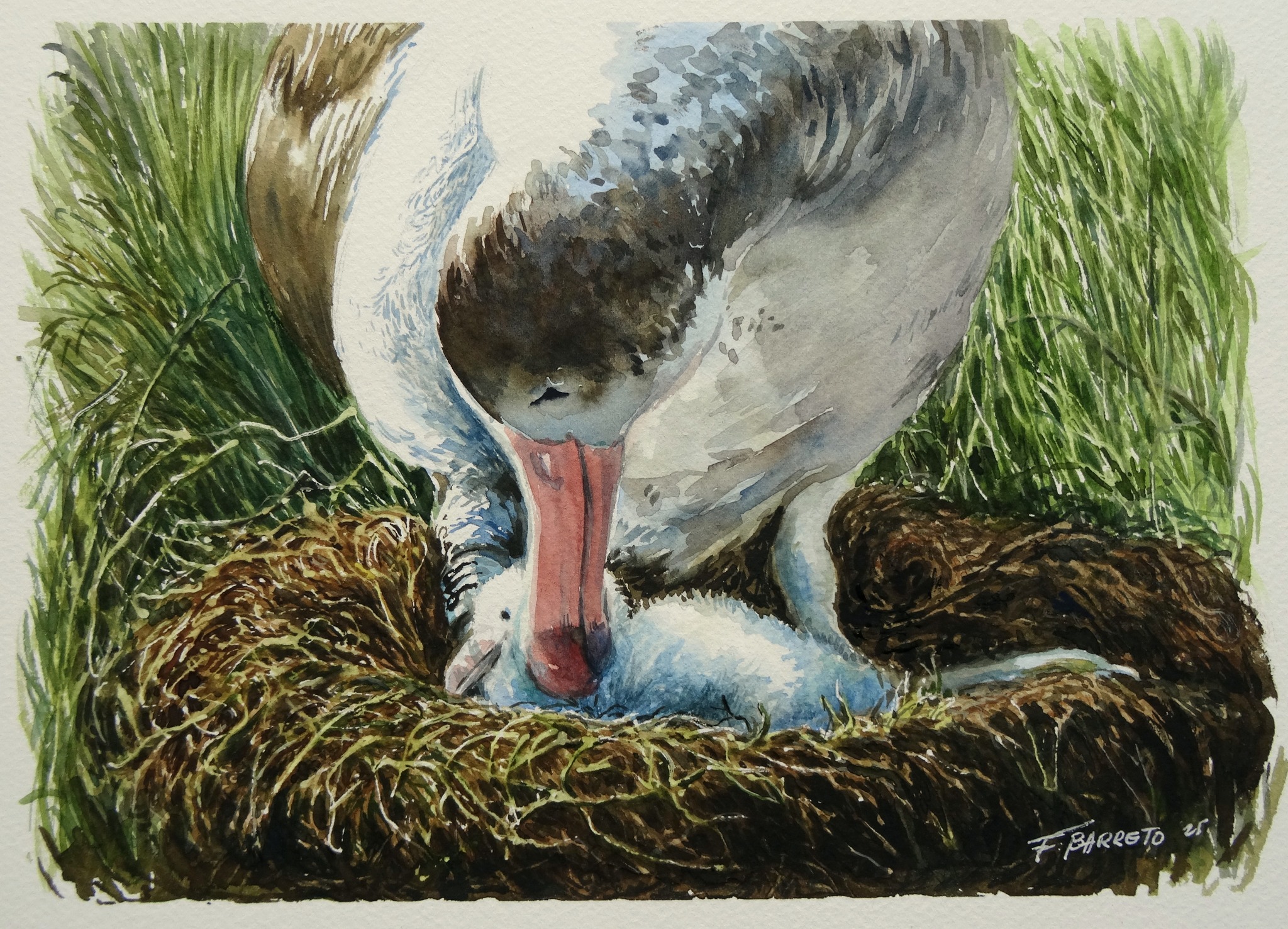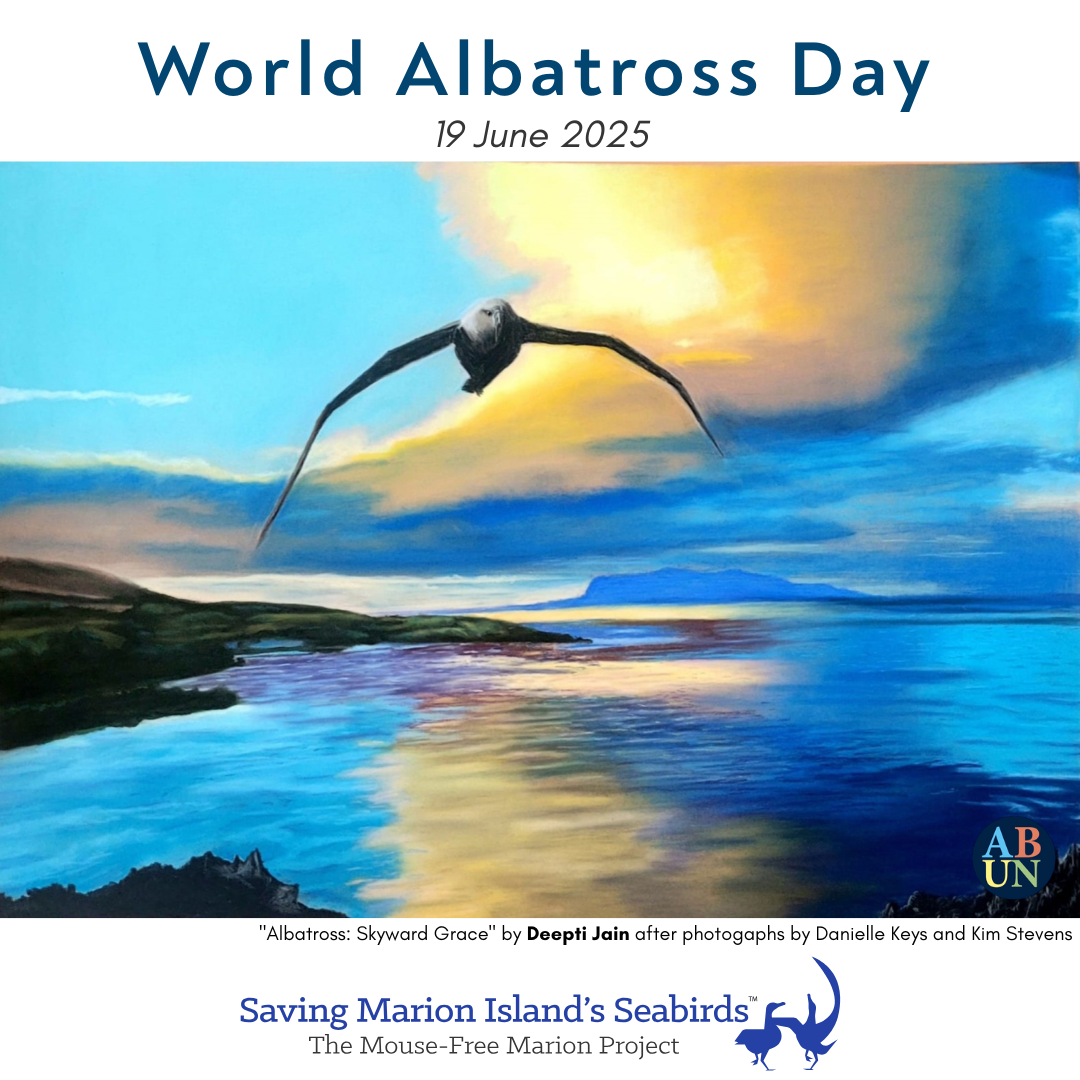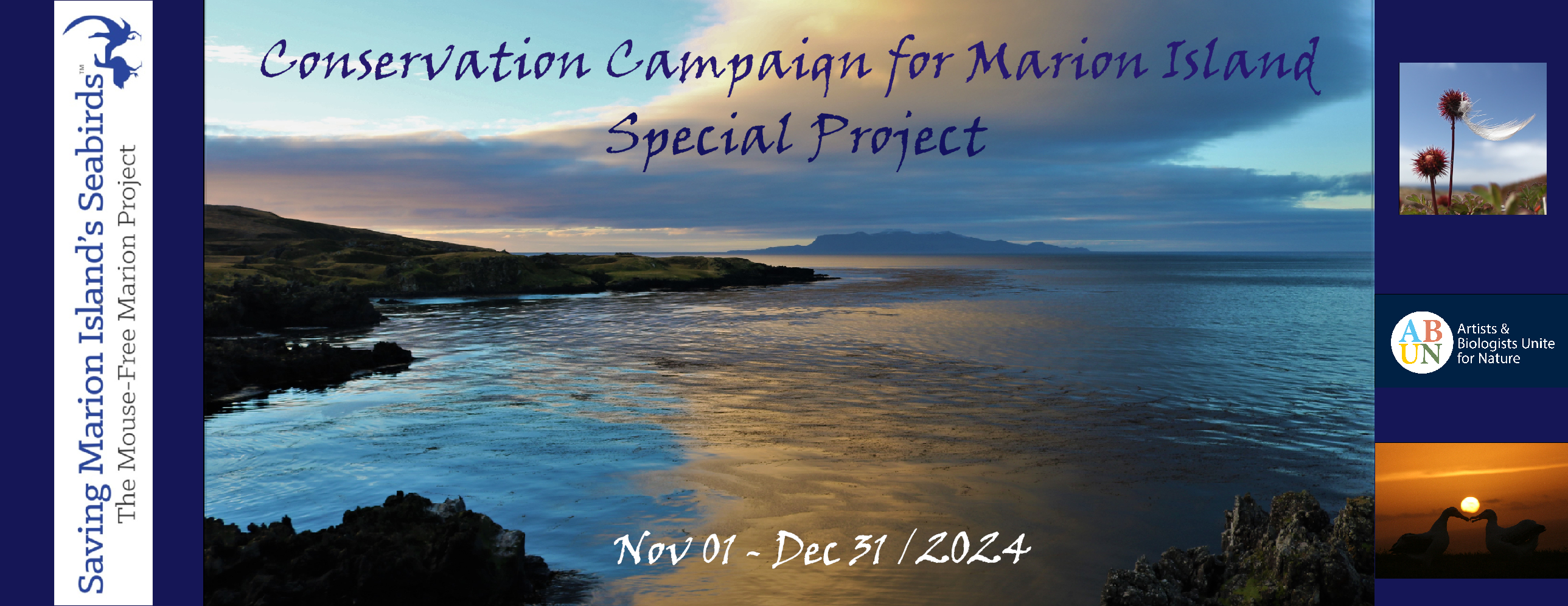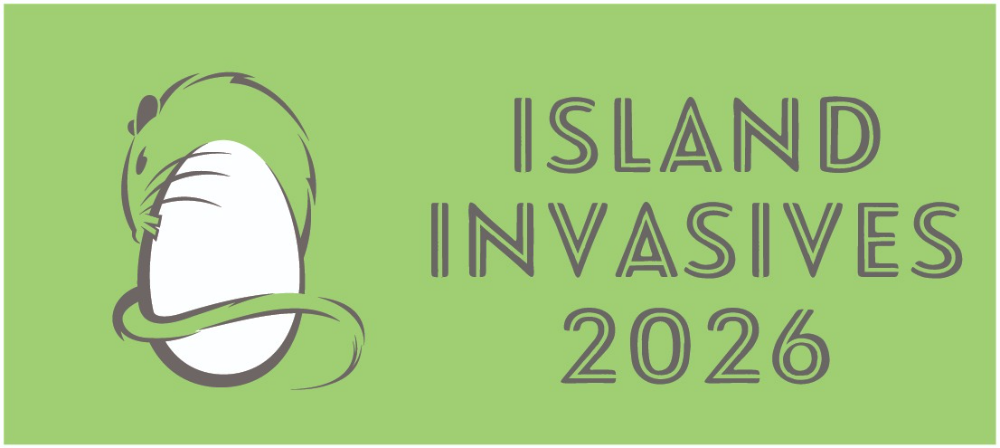
The Scientific Committee on Antarctic Research (SCAR) Life Science Group Fellowship Programme is designed to encourage the active involvement of early and mid-career researchers in the work of the Life Sciences Group to mentor potential future SCAR leaders and promote professional development. This fellowship programme is funded for two years.
Details of the Award
The award is for US$10 000 per year. Funds can be used as a stipend; to cover the costs of travel to attend workshops, symposia and/or business meetings; or for other purposes as determined in consultation with the Chief Officer of the SG. Initial appointments are for one year. First-year fellows can apply for the second year, but a second year is not guaranteed.
It is expected that the time commitment of the fellows will average ~3 hours/week. However, activities and time will vary from week to week. For example, preparations for meetings will likely require a longer weekly effort and some weeks may not have any work.
Eligibility
The programme is for researchers from SCAR member countries (full or associate). PhD students or those within t10 years of having completed a PhD on the day of the deadline for applications.
Prior work with SCAR is not a requirement to apply, but any involvement with SCAR should be included in the application. Researchers from countries with developing Antarctic programmes (e.g., SCAR Associate Member countries) are encouraged to apply.
Description of Fellowship
The role of the fellow will be to:
- Support the administrative work of Chief Officers and improve communication between Science Groups, their subsidiary groups, the SCAR Secretariat and the SCAR Executive Committee.
- Participate in Science Group activities and assist Chief Officers in report and meeting preparations.
- Solicit, gather, and provide news items and other outreach material about Science Group activities for the SCAR Newsletter and website.
- Work with the Chief Officers to develop strategies that will further promote SCAR activities within the international science community.
The role of the Life Sciences Group leadership will be to:
- Mentor fellows in the work of SCAR, especially the activities of the SG and its subsidiary Expert Groups and Action Groups.
- Train potential future leaders of SCAR groups (e.g., Science Groups, Action Groups, Expert groups, etc.).
Application review will begin 8 July 2025; for full consideration please submit your application by this date.
Read more, including how to apply, here.
John Cooper, Emeritus Information Officer, Agreement on the Conservation of Albatrosses and Petrels. 10 June 2025

 English
English  Français
Français  Español
Español 
